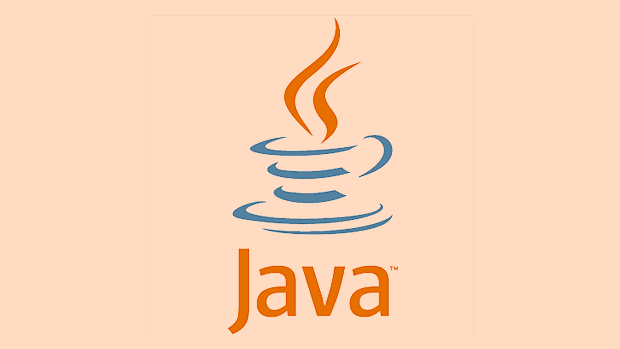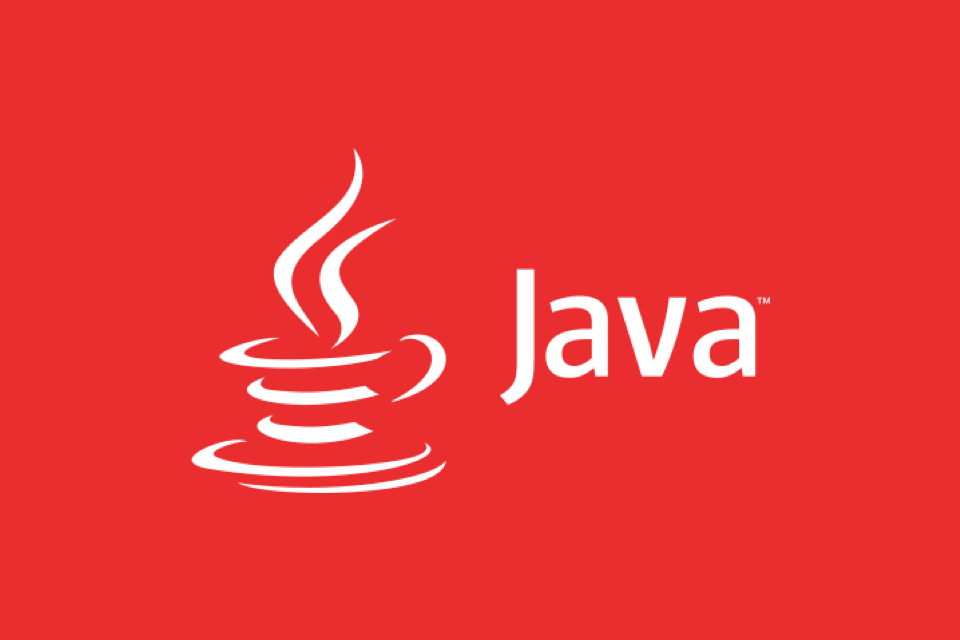The Role of the `serialVersionUID` in Java Serialization
serialVersionUID is a version control field in Java used to ensure compatibility between serialized and deserialized objects; 2. It must be declared as private static final long and is checked during deserialization to verify class compatibility; 3. If not explicitly declared, the JVM generates it automatically, making it sensitive to minor class changes and risking InvalidClassException; 4. Explicitly defining serialVersionUID allows controlled class evolution and prevents compatibility issues across versions; 5. Best practices include always declaring it, using simple values like 1L, updating it only for incompatible changes, and avoiding reliance on the default generated value; 6. It can be skipped only in non-production scenarios like local testing, but is essential for production systems involving persistent or distributed object storage.

In Java, when you implement the Serializable interface, one important — and often misunderstood — field you might encounter is serialVersionUID. While it’s optional to declare it, understanding its role is key to maintaining compatibility during serialization and deserialization, especially across different versions of a class.

What Is serialVersionUID?
serialVersionUID is a version control number associated with a serializable class. It’s used during deserialization to verify that the sender (the serialized object) and receiver (the deserializing JVM) of a serialized object have loaded compatible versions of the class.
Here’s a simple example:

public class User implements Serializable {
private static final long serialVersionUID = 1L;
private String name;
private int age;
// constructors, getters, setters...
}When an object of User is serialized, this serialVersionUID value is stored along with the object’s data. During deserialization, the JVM checks if the serialVersionUID of the loaded class matches the one in the serialized object. If they don’t match, an InvalidClassException is thrown.
Why Is It Important?
Without an explicitly declared serialVersionUID, the JVM generates one automatically based on various aspects of the class, including:

- Class name
- Field names and types
- Method signatures
- Access modifiers
- Package name
This auto-generated UID is sensitive to even minor changes in the class. For example, adding a new method or changing a field’s access modifier can alter the computed serialVersionUID, leading to compatibility issues.
Example problem:
// Version 1
public class User implements Serializable {
private String name;
}
// Version 2 (added a new field)
public class User implements Serializable {
private String name;
private int age; // This change alters the auto-generated UID
}If you serialized a User object in Version 1 and try to deserialize it in Version 2 (without a fixed serialVersionUID), the JVM will likely throw an InvalidClassException because the auto-generated UIDs differ.
By explicitly defining:
private static final long serialVersionUID = 1L;
You tell the JVM: “Even if the class changes slightly, treat it as compatible as long as the UID matches.” This allows for controlled evolution of serializable classes.
Best Practices for Using serialVersionUID
- ✅ Always declare it explicitly in serializable classes.
- ✅ Use a simple incrementing number (e.g.,
1L,2L) or generate it via your IDE. - ✅ Update it only when making incompatible changes (e.g., removing a critical field, changing object structure).
- ❌ Don’t ignore it and rely on the default — it makes your code fragile across updates.
Common IDEs like IntelliJ or Eclipse can automatically generate a serialVersionUID based on the current class structure, which helps avoid accidental mismatches.
When Can You Skip It?
You can skip declaring serialVersionUID only in non-production or short-lived scenarios — for example, during local testing or when objects are serialized and deserialized within the same application runtime. But for any persistent storage or distributed systems (like RMI, JMS, or caching), it’s strongly recommended.
Basically, serialVersionUID acts as a compatibility guard for serialized objects. It’s a small field with a big impact: get it wrong, and your app crashes on startup due to serialization errors. Get it right, and your system gracefully handles class evolution.
The above is the detailed content of The Role of the `serialVersionUID` in Java Serialization. For more information, please follow other related articles on the PHP Chinese website!

Hot AI Tools

Undress AI Tool
Undress images for free

Undresser.AI Undress
AI-powered app for creating realistic nude photos

AI Clothes Remover
Online AI tool for removing clothes from photos.

Clothoff.io
AI clothes remover

Video Face Swap
Swap faces in any video effortlessly with our completely free AI face swap tool!

Hot Article

Hot Tools

Notepad++7.3.1
Easy-to-use and free code editor

SublimeText3 Chinese version
Chinese version, very easy to use

Zend Studio 13.0.1
Powerful PHP integrated development environment

Dreamweaver CS6
Visual web development tools

SublimeText3 Mac version
God-level code editing software (SublimeText3)

Hot Topics
 What is the `enum` type in Java?
Jul 02, 2025 am 01:31 AM
What is the `enum` type in Java?
Jul 02, 2025 am 01:31 AM
Enums in Java are special classes that represent fixed number of constant values. 1. Use the enum keyword definition; 2. Each enum value is a public static final instance of the enum type; 3. It can include fields, constructors and methods to add behavior to each constant; 4. It can be used in switch statements, supports direct comparison, and provides built-in methods such as name(), ordinal(), values() and valueOf(); 5. Enumeration can improve the type safety, readability and flexibility of the code, and is suitable for limited collection scenarios such as status codes, colors or week.
 What is the interface segregation principle?
Jul 02, 2025 am 01:24 AM
What is the interface segregation principle?
Jul 02, 2025 am 01:24 AM
Interface Isolation Principle (ISP) requires that clients not rely on unused interfaces. The core is to replace large and complete interfaces with multiple small and refined interfaces. Violations of this principle include: an unimplemented exception was thrown when the class implements an interface, a large number of invalid methods are implemented, and irrelevant functions are forcibly classified into the same interface. Application methods include: dividing interfaces according to common methods, using split interfaces according to clients, and using combinations instead of multi-interface implementations if necessary. For example, split the Machine interfaces containing printing, scanning, and fax methods into Printer, Scanner, and FaxMachine. Rules can be relaxed appropriately when using all methods on small projects or all clients.
 Asynchronous Programming Techniques in Modern Java
Jul 07, 2025 am 02:24 AM
Asynchronous Programming Techniques in Modern Java
Jul 07, 2025 am 02:24 AM
Java supports asynchronous programming including the use of CompletableFuture, responsive streams (such as ProjectReactor), and virtual threads in Java19. 1.CompletableFuture improves code readability and maintenance through chain calls, and supports task orchestration and exception handling; 2. ProjectReactor provides Mono and Flux types to implement responsive programming, with backpressure mechanism and rich operators; 3. Virtual threads reduce concurrency costs, are suitable for I/O-intensive tasks, and are lighter and easier to expand than traditional platform threads. Each method has applicable scenarios, and appropriate tools should be selected according to your needs and mixed models should be avoided to maintain simplicity
 Differences Between Callable and Runnable in Java
Jul 04, 2025 am 02:50 AM
Differences Between Callable and Runnable in Java
Jul 04, 2025 am 02:50 AM
There are three main differences between Callable and Runnable in Java. First, the callable method can return the result, suitable for tasks that need to return values, such as Callable; while the run() method of Runnable has no return value, suitable for tasks that do not need to return, such as logging. Second, Callable allows to throw checked exceptions to facilitate error transmission; while Runnable must handle exceptions internally. Third, Runnable can be directly passed to Thread or ExecutorService, while Callable can only be submitted to ExecutorService and returns the Future object to
 Best Practices for Using Enums in Java
Jul 07, 2025 am 02:35 AM
Best Practices for Using Enums in Java
Jul 07, 2025 am 02:35 AM
In Java, enums are suitable for representing fixed constant sets. Best practices include: 1. Use enum to represent fixed state or options to improve type safety and readability; 2. Add properties and methods to enums to enhance flexibility, such as defining fields, constructors, helper methods, etc.; 3. Use EnumMap and EnumSet to improve performance and type safety because they are more efficient based on arrays; 4. Avoid abuse of enums, such as dynamic values, frequent changes or complex logic scenarios, which should be replaced by other methods. Correct use of enum can improve code quality and reduce errors, but you need to pay attention to its applicable boundaries.
 Understanding Java NIO and Its Advantages
Jul 08, 2025 am 02:55 AM
Understanding Java NIO and Its Advantages
Jul 08, 2025 am 02:55 AM
JavaNIO is a new IOAPI introduced by Java 1.4. 1) is aimed at buffers and channels, 2) contains Buffer, Channel and Selector core components, 3) supports non-blocking mode, and 4) handles concurrent connections more efficiently than traditional IO. Its advantages are reflected in: 1) Non-blocking IO reduces thread overhead, 2) Buffer improves data transmission efficiency, 3) Selector realizes multiplexing, and 4) Memory mapping speeds up file reading and writing. Note when using: 1) The flip/clear operation of the Buffer is easy to be confused, 2) Incomplete data needs to be processed manually without blocking, 3) Selector registration must be canceled in time, 4) NIO is not suitable for all scenarios.
 Exploring Different Synchronization Mechanisms in Java
Jul 04, 2025 am 02:53 AM
Exploring Different Synchronization Mechanisms in Java
Jul 04, 2025 am 02:53 AM
Javaprovidesmultiplesynchronizationtoolsforthreadsafety.1.synchronizedblocksensuremutualexclusionbylockingmethodsorspecificcodesections.2.ReentrantLockoffersadvancedcontrol,includingtryLockandfairnesspolicies.3.Conditionvariablesallowthreadstowaitfor
 How Java ClassLoaders Work Internally
Jul 06, 2025 am 02:53 AM
How Java ClassLoaders Work Internally
Jul 06, 2025 am 02:53 AM
Java's class loading mechanism is implemented through ClassLoader, and its core workflow is divided into three stages: loading, linking and initialization. During the loading phase, ClassLoader dynamically reads the bytecode of the class and creates Class objects; links include verifying the correctness of the class, allocating memory to static variables, and parsing symbol references; initialization performs static code blocks and static variable assignments. Class loading adopts the parent delegation model, and prioritizes the parent class loader to find classes, and try Bootstrap, Extension, and ApplicationClassLoader in turn to ensure that the core class library is safe and avoids duplicate loading. Developers can customize ClassLoader, such as URLClassL







